+86-159 9860 6917
info@geofantex.com
geofantex@gmail.com
+86-400-8266163-44899
What is woven polyethylene fabric?
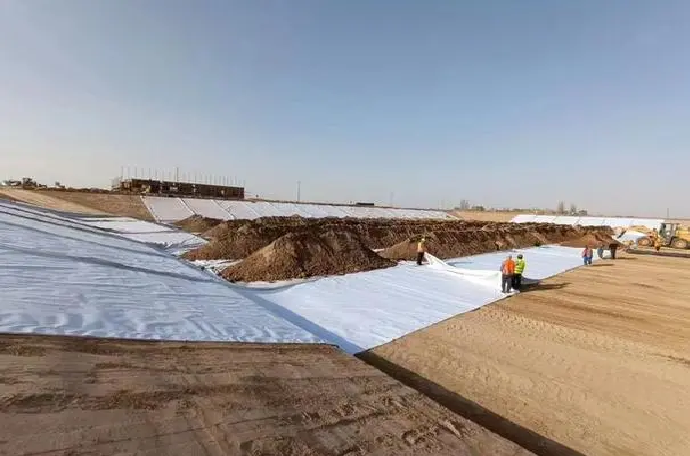
How is woven polyethylene fabric manufactured?
- Extrusion and Slitting: Polyethylene resin (HDPE or LDPE) is melted and extruded into thin sheets, which are then slit into narrow tapes.
- Tape Stretching: Tapes are stretched under controlled heat to align polymer chains, increasing tensile strength and durability.
- Weaving: Stretched tapes are woven in a plain weave pattern (warp and weft) to create a strong and flexible fabric.
- Lamination and Heat Setting: Fabric may be laminated with polyethylene film and heat-set to enhance waterproofing, UV resistance, stability, and printability.
- Finishing Treatments: Additional treatments, such as UV stabilizers, fire retardants, or anti-slip coatings, are applied depending on the intended application.
What are the applications of woven polyethylene fabric?
Woven polyethylene fabric is highly versatile and used across multiple industries due to its strength, water resistance, and durability. Key applications include:
- Tarpaulins (Tarps): Protecting goods, machinery, and crops from rain, dust, and sunlight.
- Packaging: Bulk bags, sacks, and industrial packaging for sand, grains, chemicals, and fertilizers.
- Geotextiles: Soil stabilization, drainage, and erosion control in roads, railways, and landfills.
- Protective Covers: Covers for boats, vehicles, machinery, and outdoor equipment.
- Agriculture: Greenhouse coverings, shade nets, and crop protection against pests and weather.
- Construction: Reinforcement in roads, landscaping, and moisture barriers in foundations.
- Sports and Outdoor Gear: Tents, awnings, camping gear, and other lightweight equipment.
- Automotive: Cargo liners, seat covers, and water-resistant interior panels.
The combination of durability, flexibility, chemical and UV resistance, and cost-effectiveness makes woven polyethylene fabric ideal for these varied applications.
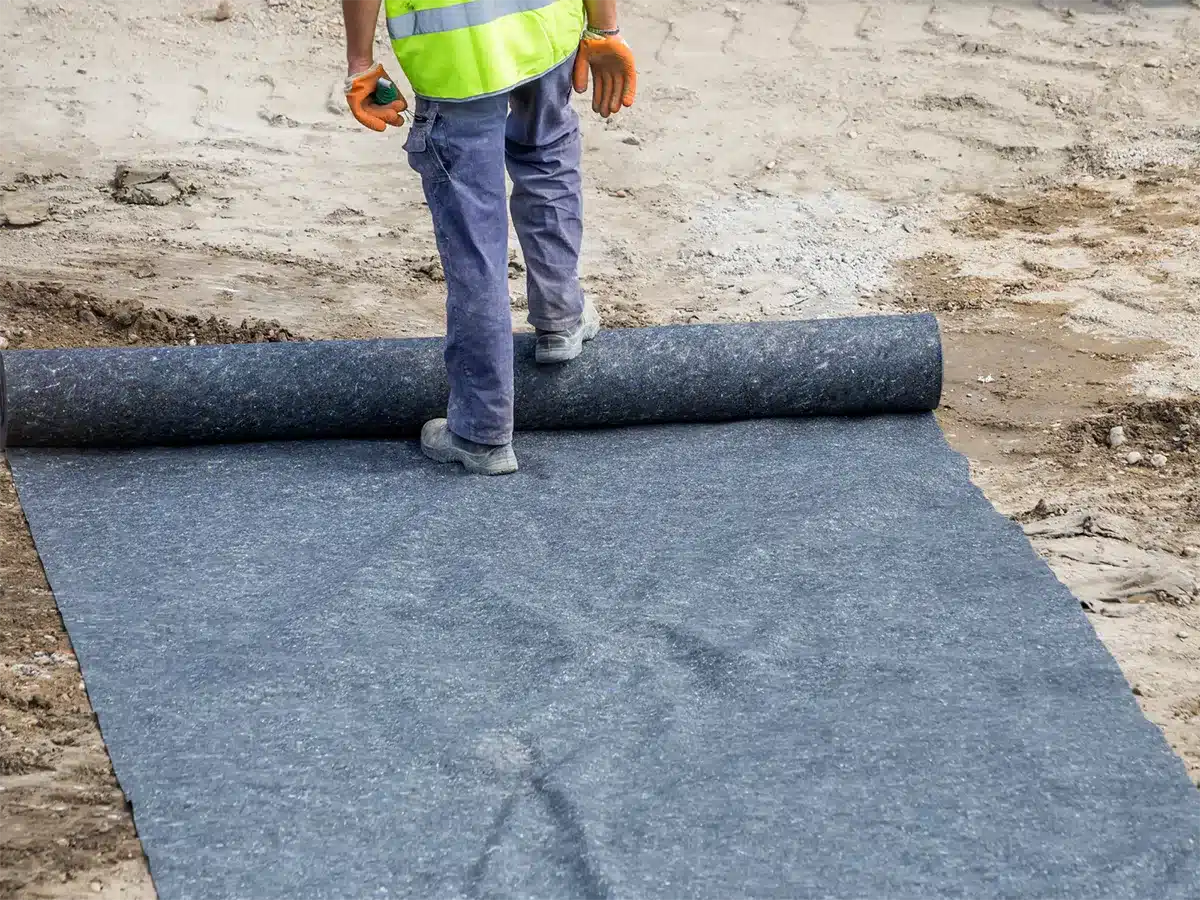
What are the benefits of using woven polyethylene fabric?
Woven polyethylene fabric offers several benefits, making it a popular choice for various applications. Here are some key advantages:
- Durability: Woven polyethylene fabric is highly durable and resistant to tearing, punctures, and abrasions. This makes it suitable for heavy-duty applications such as construction, agriculture, and industrial uses.
- Water Resistance: The fabric is inherently water-resistant, making it ideal for applications where moisture protection is essential, such as tarps, covers, and liners.
- UV Resistance: Many woven polyethylene fabrics are treated to resist UV degradation, which helps them maintain their strength and integrity when exposed to sunlight for extended periods.
- Lightweight: Despite its durability, woven polyethylene fabric is relatively lightweight, making it easy to handle, transport, and install.
- Flexibility: The fabric is flexible and can be easily cut, sewn, or welded to fit specific requirements. This versatility allows for a wide range of uses and customizations.
- Chemical Resistance: Woven polyethylene fabric is resistant to many chemicals, making it suitable for use in environments where exposure to harsh substances is a concern.
Overall, woven polyethylene fabric is a robust, versatile, and cost-effective material that meets the needs of many industrial, commercial, and agricultural applications.
Woven polyethylene fabric is a remarkable material that continues to shape various industries with its versatility, durability, and sustainability. From agriculture to construction, its applications are diverse and ever-expanding, driven by ongoing technological advancements and a growing emphasis on environmental stewardship. As we continue to unlock the potential of woven polyethylene fabric, its role in shaping the future of materials science remains promising.
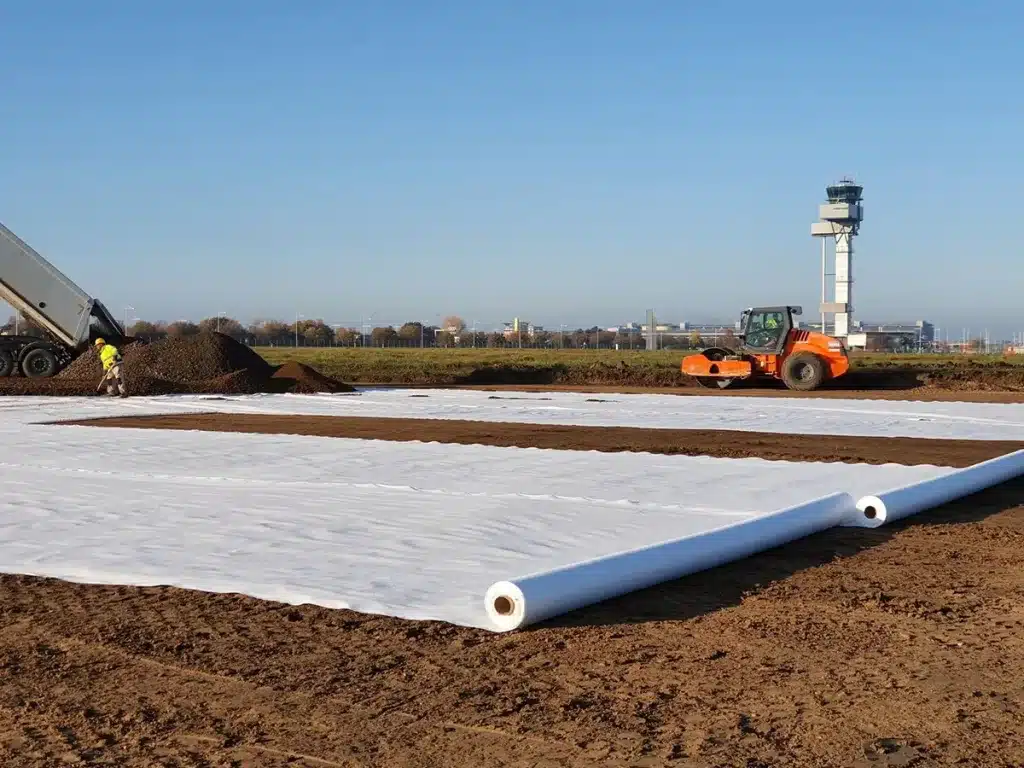
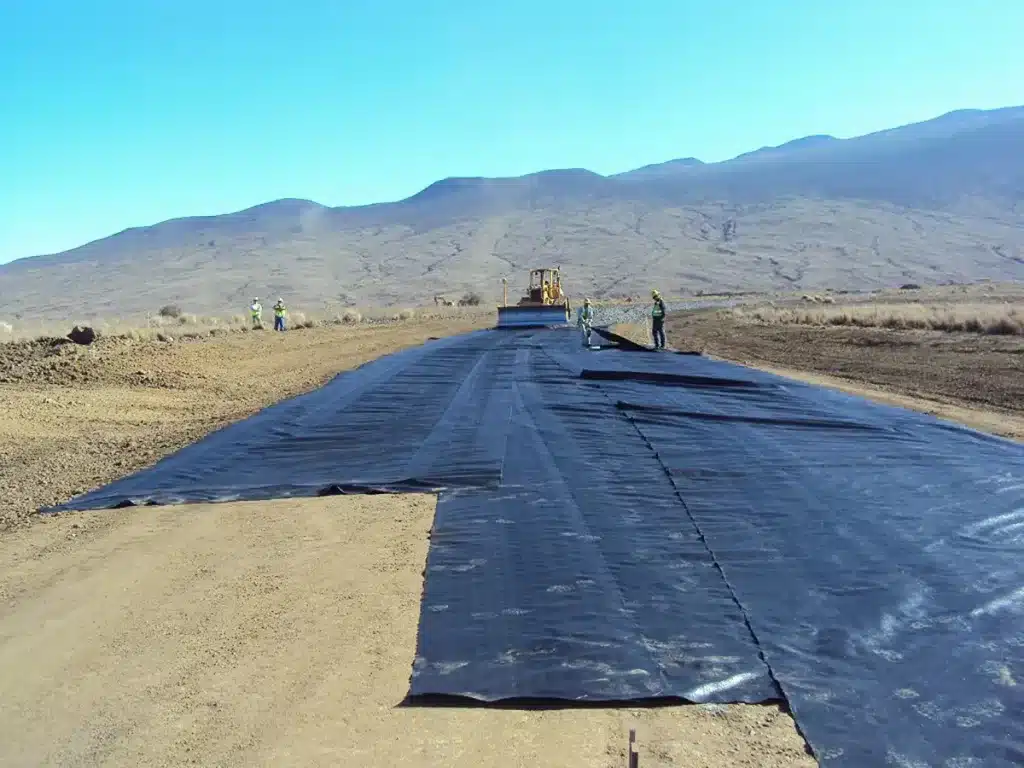
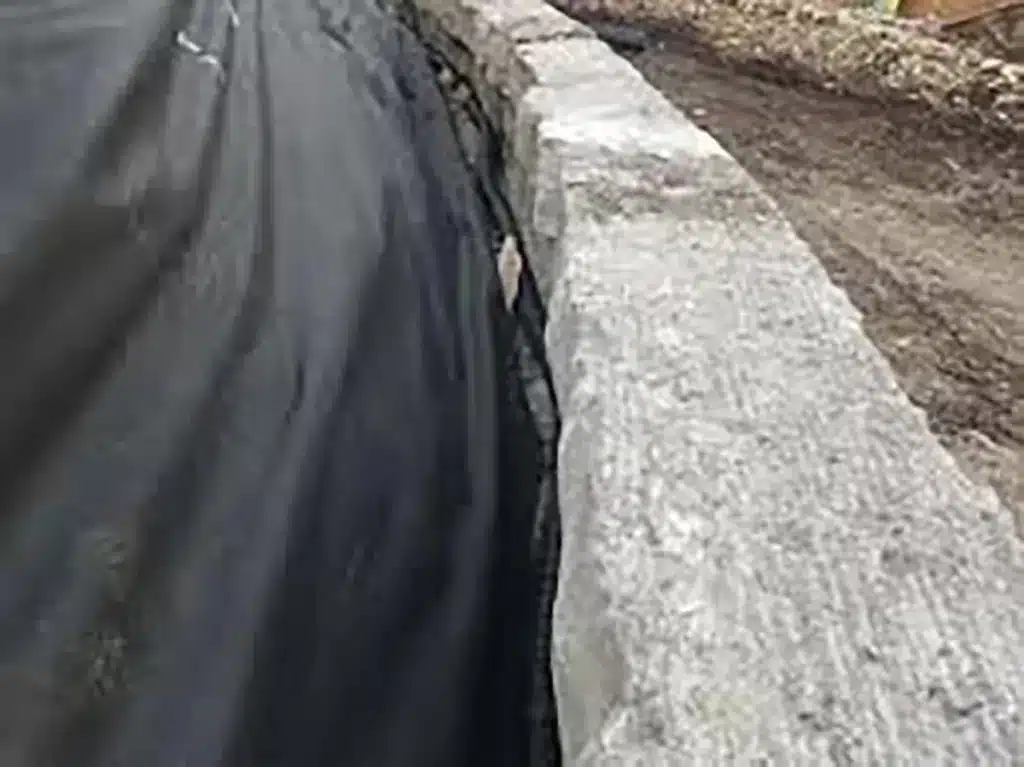
Get Free Sample
We’ll respond as soon as possible(within 12 hours)





















